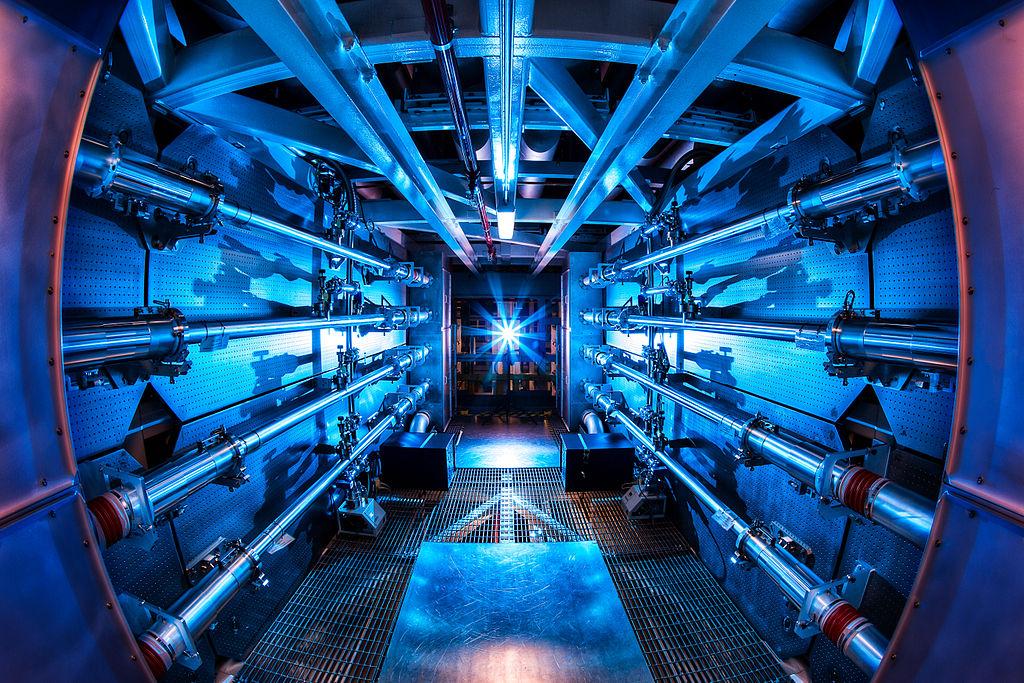The most powerful laser beam ever created has been recently fired at Osaka University in Japan, where the Laser for Fast Ignition Experiments (LFEX) has been boosted to produce a beam with a peak power of 2,000 trillion watts—two petawatts—for an incredibly short duration, approximately a trillionth of a second or one picosecond.
Values this large are difficult to grasp, but we can think of it as a billion times more powerful than a typical stadium floodlight or as the overall power of all of the sun’s solar energy that falls on London. Imagine focusing all that solar power onto a surface as wide as a human hair for the duration of a trillionth of a second: that’s essentially the LFEX laser.
LFEX is only one of a series of ultra-high power lasers that are being built across the world, ranging from the gigantic 192-beam National Ignition Facility in California, to the CoReLS laser in South Korea, and the Vulcan laser at the Rutherford Appleton Laboratory outside Oxford, U.K., to mention but a few.

